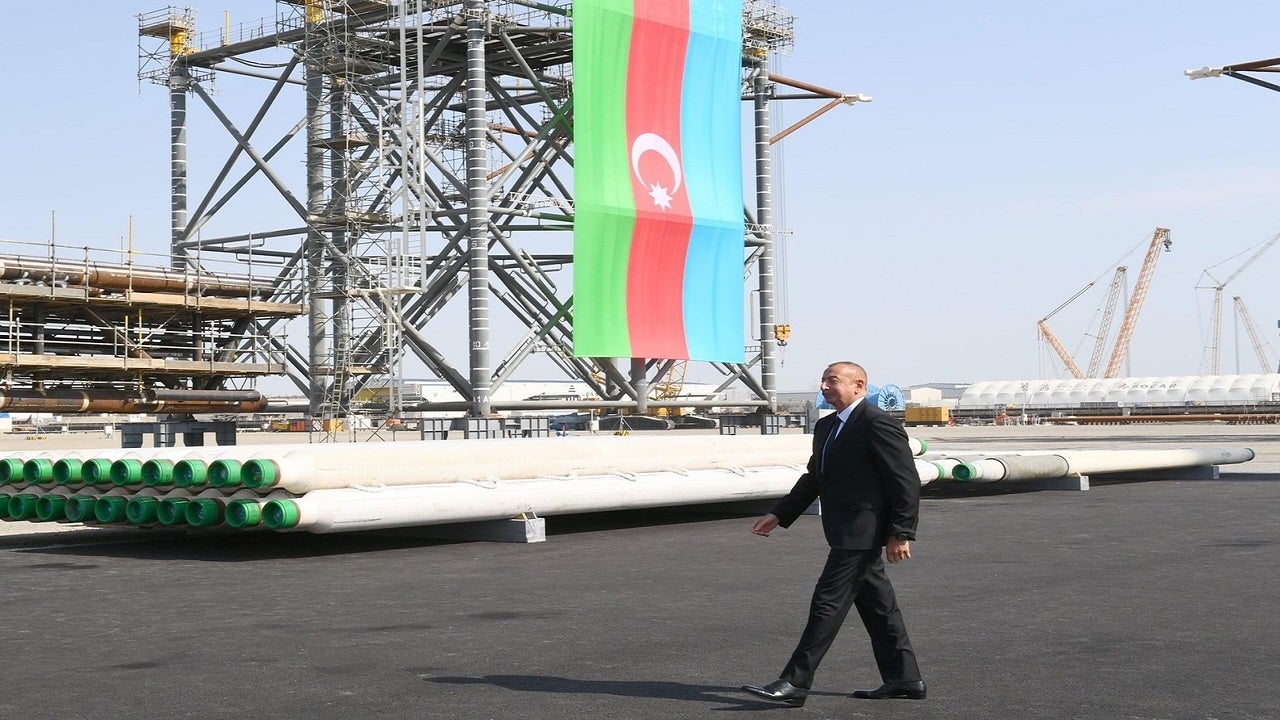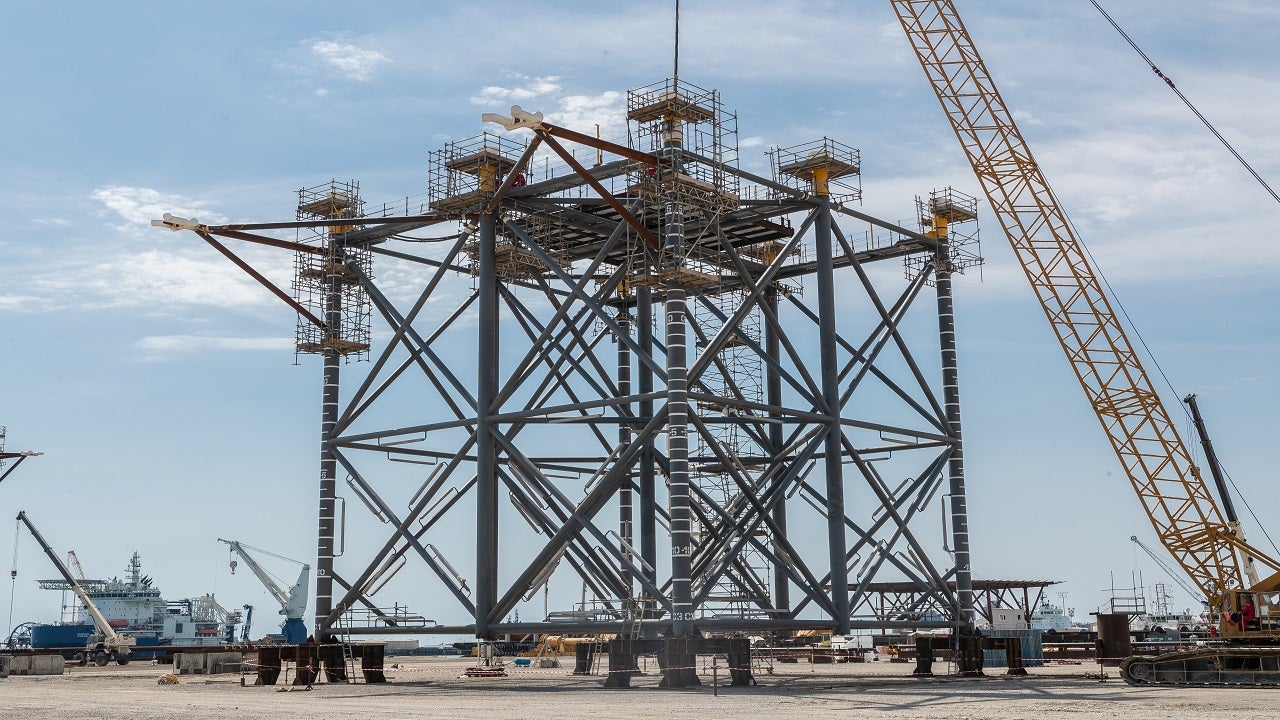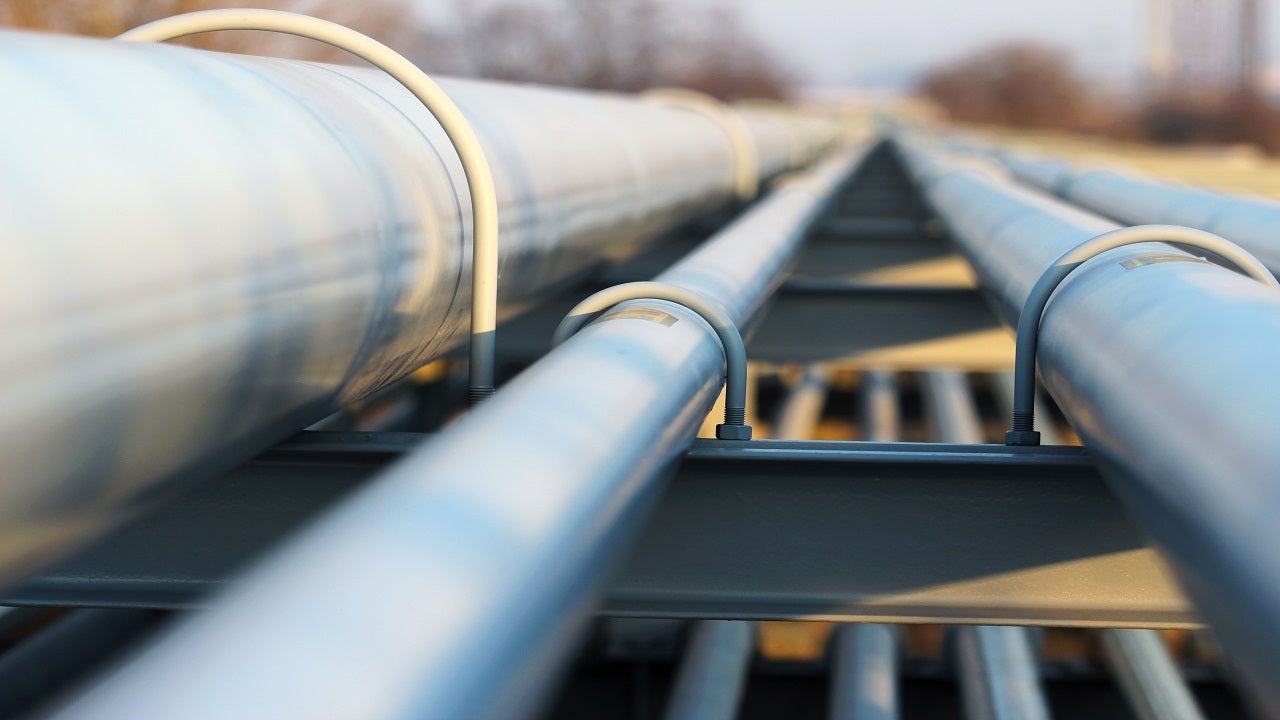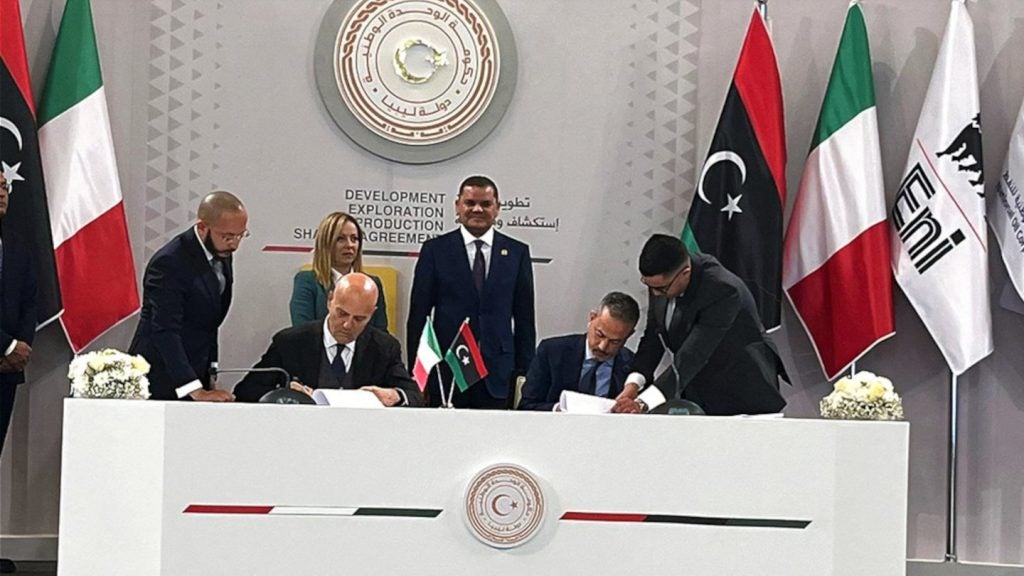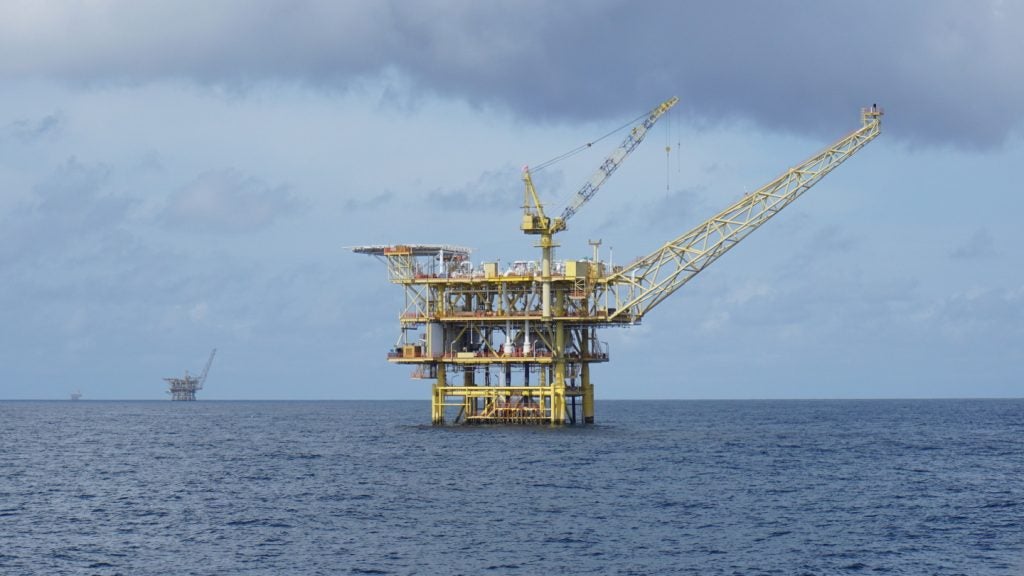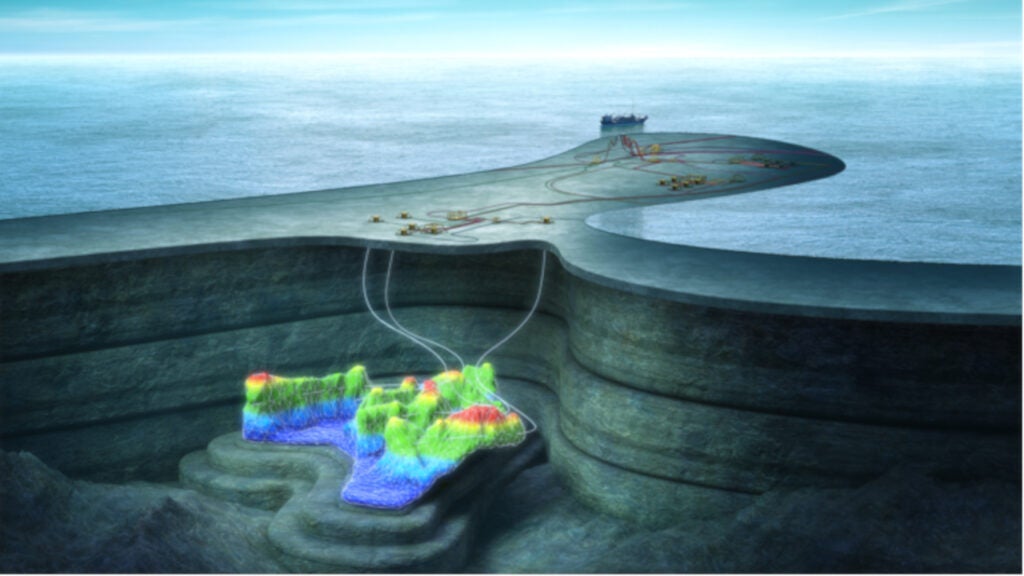Absheron gas and condensate field is located approximately 100km south of Baku, Azerbaijan, in the Caspian Sea.
The site lies in 500m of water and covers an area of 270km² of the Absheron block.
The field is located 25km away from the Shah Deniz gas and condensate field, which is also situated within the Absheron block.
The field is being developed by Joint Operating Company of Absheron Petroleum (JOCAP), a joint venture between SOCAR (50%) and TOTAL (50%).
In 2016, Total and SOCAR entered an agreement for the first phase of the field’s development. Estimated to cost $1bn,
the development programme was approved in 2017.
Offshore construction for the oil and gas project began in September 2020. Initial gas production from the field expected in late 2021, with an estimated initial production of five billion cubic metres (bcm) of natural gas a year.
Production from the field is crucial for Azerbaijan, which has been witnessing gas shortages due to increasing domestic consumption rates combined with the fact that the majority of the gas produced from the Shah Deniz gas field is now exported elsewhere.
Absheron gas field discovery and reserves
Absheron was discovered by the Absheron X-2 (ABX-2.T1) exploration well, which was drilled in 2011.
The well was drilled in accordance with a sharing agreement signed between SOCAR and Total for the site’s exploration, development and production using Maersk Drilling’s Heydar Aliyev drilling rig.
The field is estimated to contain 350bcm of gas, along with more than 45 million tonnes (Mt) of gas condensate.
Absheron gas field appraisal
The Absheron X-2 well was drilled in the northern flank of the structure to a depth of 6,874m, after cutting through several reservoirs.
The well encountered 500ft of cumulated net gas within the northern flank’s high-quality sands, which contain reservoirs in its northern compartment.
Reservoirs in the northern compartment contain the Balakhany and Fasila formations and are estimated to contain 150bcm-300bcm of non-associated gas with condensates, which is the equivalent of between five and ten trillion cubic feet (tcf).
One of the gas-bearing intervals was tested and produced 960,000 cubic metres a day (m³/d) of non-associated gas. It also produced 400m³/d-2,500 barrels a day (bbl/d) of 42.5° API condensate.
Drilling at the well is ongoing, with an additional side-track also being drilled north of the structure using the existing well.
Absheron gas field development
A multi-phase development plan was chosen for the Absheron field and it includes a subsea well tie-back to a receiving facility platform, which will be located close to the SOCAR Oil Rocks facilities.
The first phase involves the development of the site’s top reservoirs, including the Fasila and Balakhany formations, and will also enable field appraisal for future phrases.
Later phases will see the development of deeper and shallow reservoirs.
One appraisal well will be drilled during the first phase to a water depth of 450m. The well’s estimated production rate will be approximately 35,000 barrels of oil-equivalent a day, including condensate.
The high-pressure reservoirs of the Absheron field are located roughly 6,500m below sea level and require a robust and efficient drilling rig able to withstand the water pressure.
The project partners decided in 2016 to use a new-generation, semi-submersible drilling rig built at the Baku Shipyard for the field.
Gas and condensate will be exported through SOCAR existing infrastructure. The gas will be transported to the local market and the condensate will be exported through the Baku-TbilisiCeyhan (BTC) oil pipeline as part of a swap agreement.
Liquid condensate from the field will be sent to SOCAR’s oil and gas processing and petrochemical complex, which is currently being built at Baku.
Details of the new semi-submersible drilling rig
Keppel Offshore & Marine subsidiaries Caspian Rig builders and Caspian Shipyard Company (CSC) were awarded an $800m contract in 2013 for the construction and delivery of a semi-submersible drilling rig by SOCAR-owned Caspian Drilling Company (CDC).
The agreement was awarded to support SOCAR’s offshore drilling programme in the Caspian Sea.
The rig is being built using Keppel FELS’ proprietary DSS 38M design and will be customised for the Caspian Sea’s high-pressure environment.
It will be able to drill up to a depth of 40,000ft and operate in 1,000m of water depth. The main deck of the rig will be 69.50m long, 69.50m wide and 35.5m deep.
The rig features an 800m self-contained eight-point mooring system that can withstand high wind speeds in the sea. The design also incorporates latest safety and environmental features.

